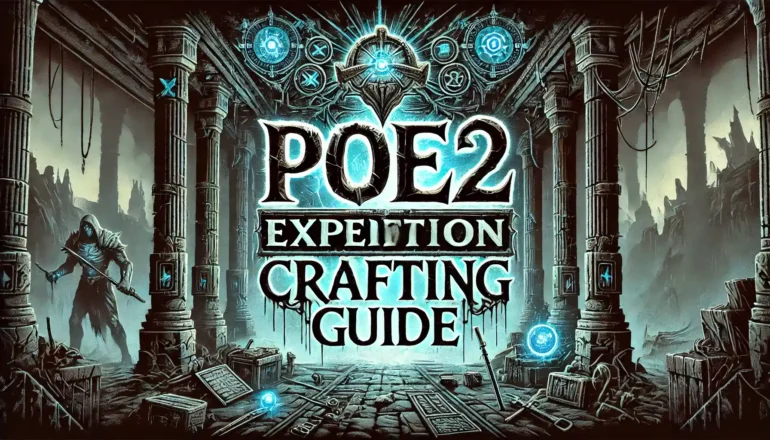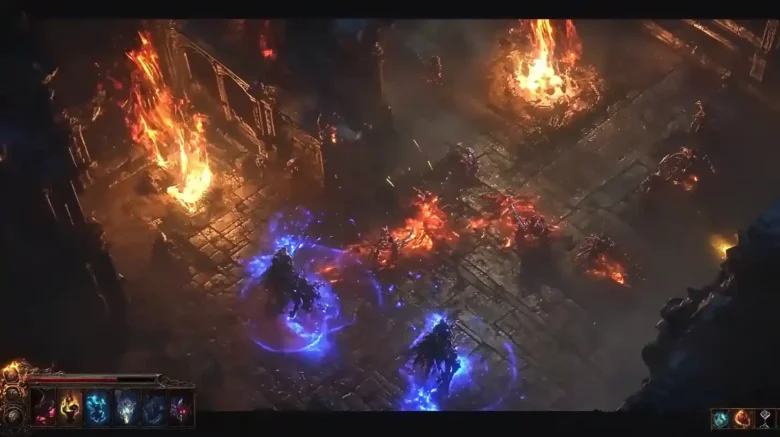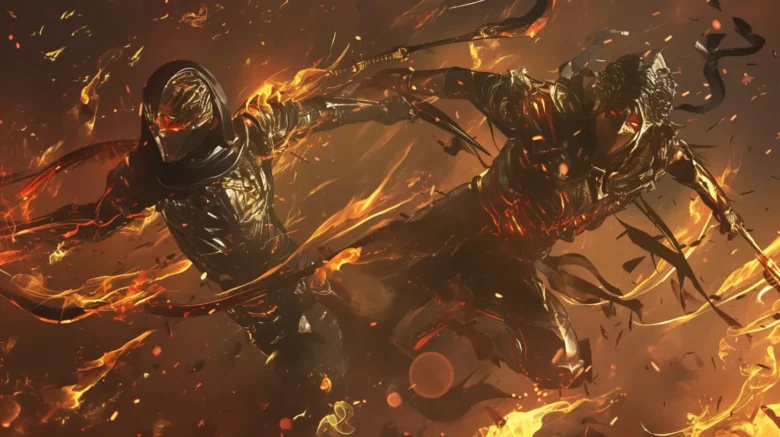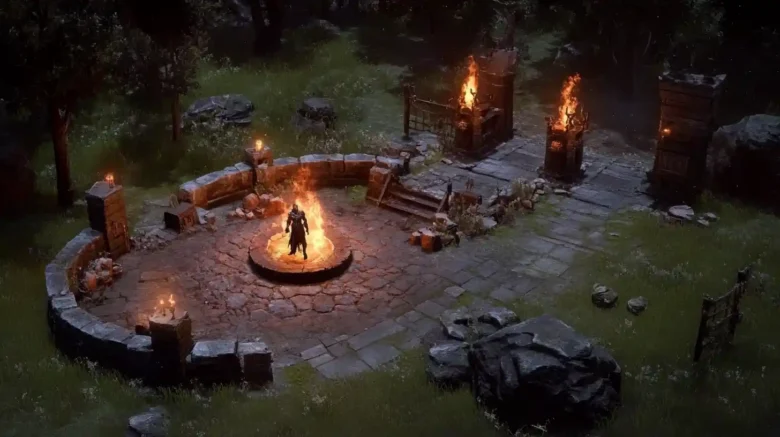Welcome! In this guide we’ll break down everything you need to know about item terminology, gear progression, and the various crafting systems available in the game. Understanding these mechanics will be crucial as you build your character and push into higher-tier content.

Item Terminology

Every piece of gear in Path of Exile 2 is built around a series of modifiers that define its capabilities. In PoE2, the balance and interplay of these modifiers can make the difference between a passable piece of gear and something that perfectly complements your build.
- Prefix – These modifiers boost your core stats such as damage, life, mana, or movement speed.
- Suffix – These tweak secondary stats, like resistances or accuracy.
- Affix – A general term that covers both prefixes and suffixes.
- Implicit – Built-in stats that are always present on every version of an item.
- Explicit – Stats that are added through random modifiers generation or crafting (and are only present on non-normal items).
- Enchantment – Special modifiers applied through unique methods using an enchantment slot. For instance, you might see runes on weapons and armor or the Distilled Emotions modifier on an amulet.
- Corruption – A unique kind of enchantment that comes from using a Vaal Orb, permanently altering the item and potentially adding a powerful random modifier.

Normal Items, Magic Items… what’s up with the item rarity here?
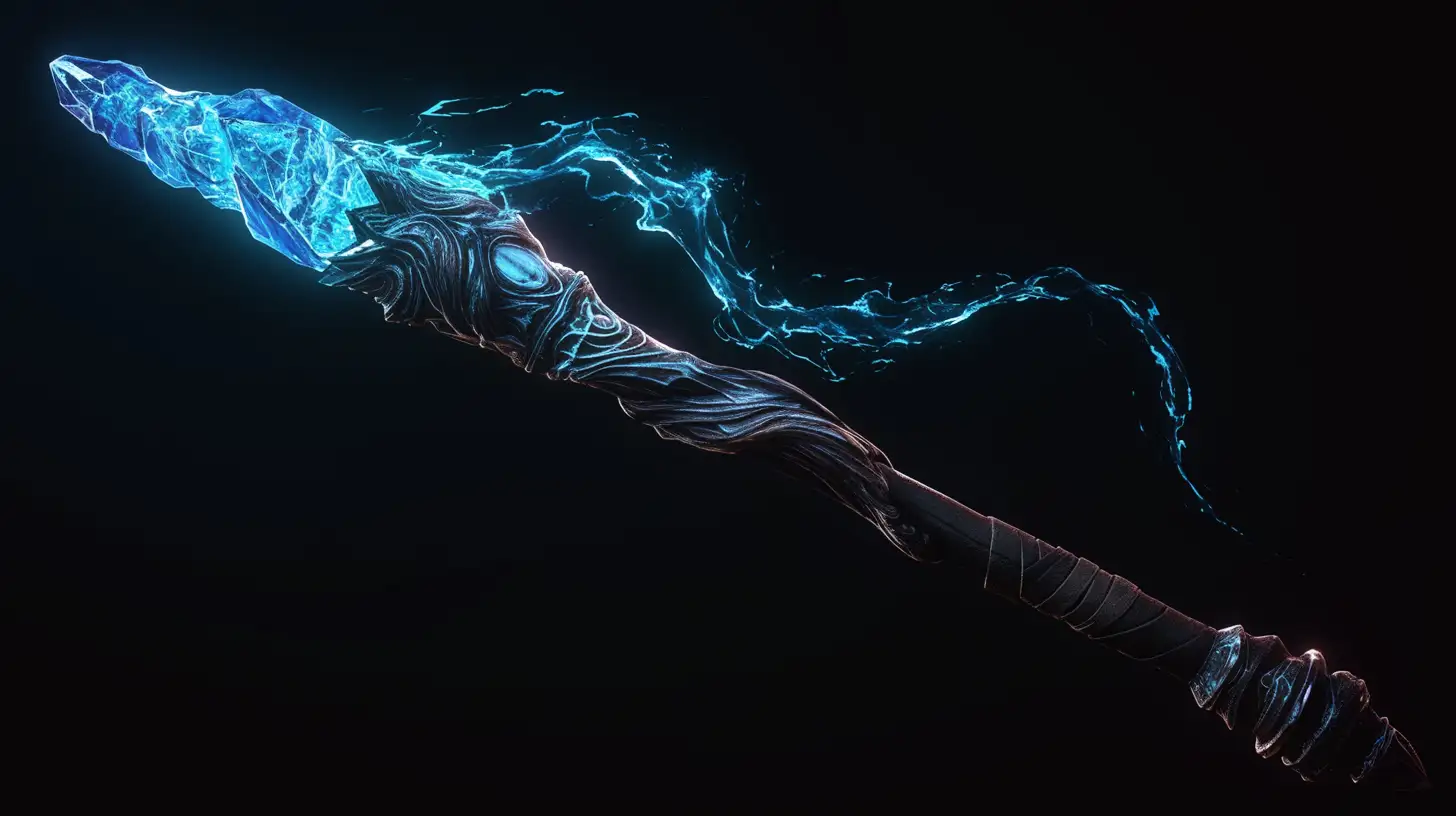
Rarity plays a central role in determining what modifiers can appear on your gear. Let’s break down the four basic gear rarities you’ll encounter:
| Rarity | Color | Mods | Notes |
| Normal | White | None | Basic item with base stats only. |
| Magic | Blue | Up to 2 (1 prefix, 1 suffix) | A step up from normal; limited add potential. |
| Rare | Yellow | Up to 6 (3 prefixes, 3 suffixes) | Offers the most versatility for builds. |
| Unique | Orange | Fixed adds and special effects | Can define or completely enable a build. |
White items are unmodified, while blue items offer slight upgrades with a prefix and suffix. Rare items, the backbone of most builds, can roll up to six affixes, allowing for greater customization.

Unique items work differently, featuring powerful modifiers and exclusive effects that can redefine a build. For instance, a unique that adds extra explosions to Cluster Bombs can be a game-changer for a mercenary build. However, if a unique doesn’t fit your setup, its power may feel underwhelming.

Gear Progression
As you traverse the campaign, your weapon’s quality path will be as dynamic as the challenges you face. Early on, you might pick up a basic martial weapon like a Zealot Bow, which comes with standard stats and no adds. But as you progress, you’ll encounter more advanced versions—Advanced and eventually Expert variants—that will increase weapons quality.
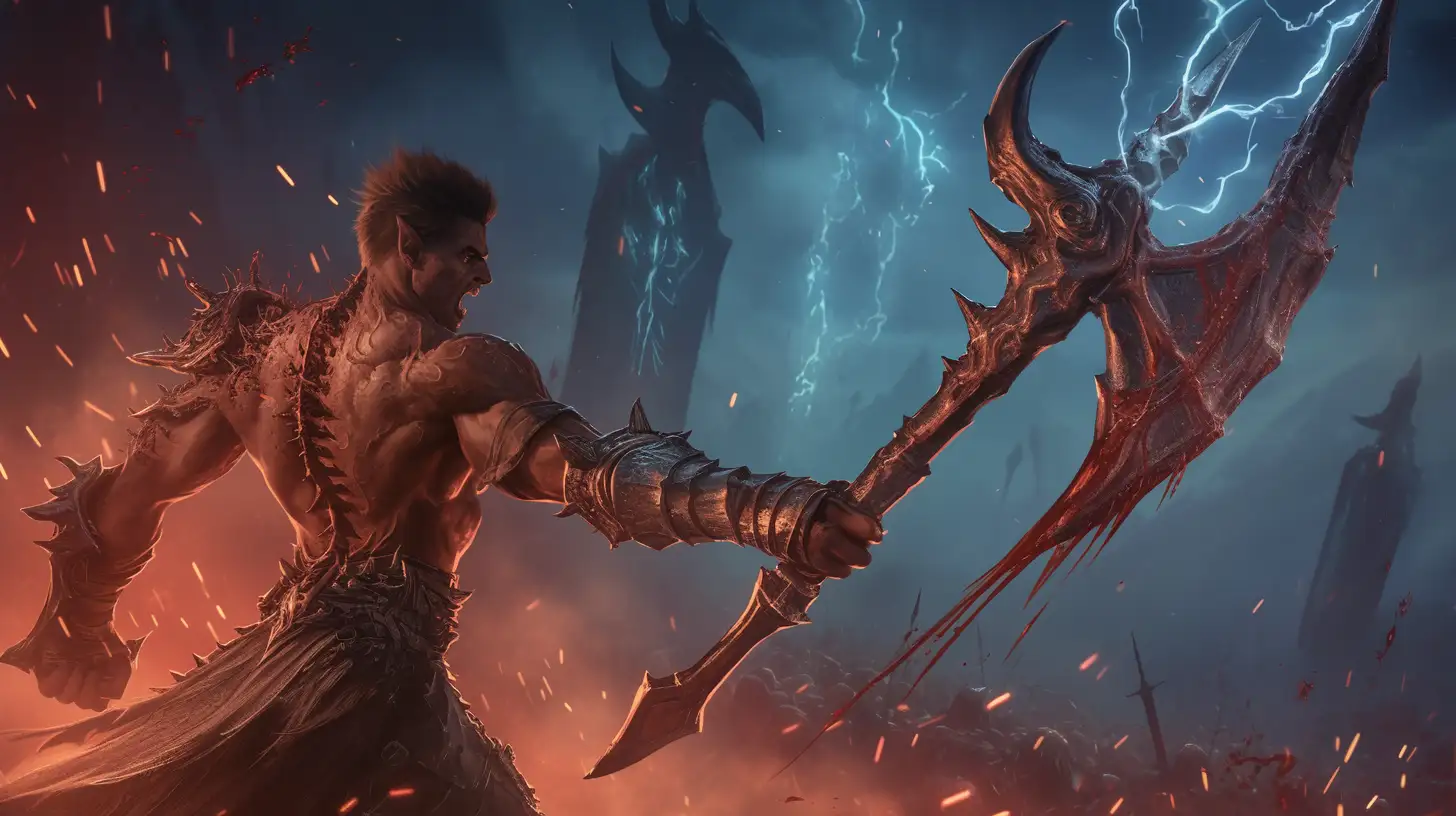
The Three Tiers of Gear
We can organize gear in Path of Exile 2 into three main tiers:
- Basic Items: These are your starting gear. They come with the base stats and no adds.
- Advanced Items: These are upgraded versions that offer improved base stats.
- Expert Items: Found in the late game, these items have the best possible base numbers, allowing for high-tier modifiers to roll.
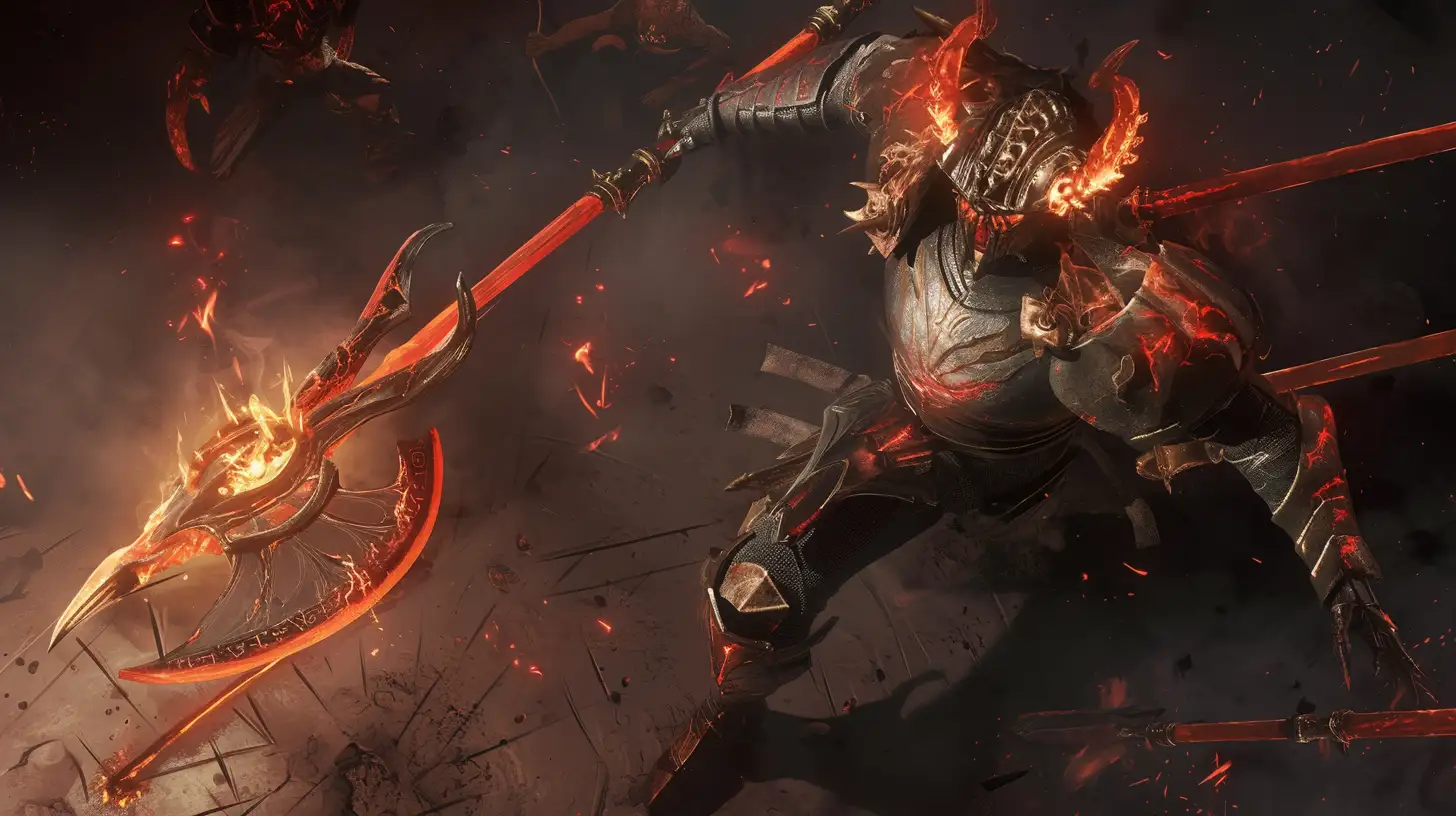
For example, consider the Zealot Bow:
- Basic Zealot Bow: You may find it in early game, its base physical damage between 31–47.
- Advanced Zealot Bow: Its base damage jumps to 46–69, even before any adds are applied.
- Expert Zealot Bow: Comes later in the game and is optimized to support high-end builds.

This progression is clear in level jumps—by Cruel difficulty Act 2, you might go from level 16 to 32. Later, leveling slows (e.g., 51 to 57–58), but the need for upgrades rises as enemies grow tougher and base stats matter more. Gear should align with Passive Skill Tree choices for damage, defense, and utility while ensuring elemental resistances match each act’s threats.
- Act 1: Cold resistance is crucial for the final boss.
- Act 2: Lightning resistance becomes the focus.
- Act 3: Fire resistance is paramount.
Early Game Resource Management

Since crafting materials are not infinite, it’s important to be smart with your resources. Here’s a brief list of tips to maximize your crafting efforts:
- Pick the Right Bases: Not every drop is worth upgrading. Focus on items that fit your build. For example, if you’re playing a Grenadier Mercenary, target belts, rings, and armor that bolster your resistances and life.

- Assess Before Investing: When you come across a white item with a promising base, use a Transmutation Orb and examine the first few rolls. If you see strong modifiers—say, a robust fire resistance on an Unset Ring—it might be worth committing further resources.
- Upgrade Wisely: Use your cheaper orbs (Transmutes and Augments) extensively until you get a solid base. Save your Regal Orbs and Exalted Orbs for items that already have strong potential.

A real-life example might be finding a belt with +160 maximum life and a charm slot. That’s a great start and usually worth upgrading. In contrast, if you stumble upon an Elite Greathelm of Magma with decent armor but then roll a disappointing +19 Mana, it might not be the best candidate for further investment.

The bottom line is that low-level gear simply can’t roll high-tier affixes. A level 35–40 item will always have a ceiling that prevents it from matching the potential of higher-level equipment, so eventually, you must commit to upgrades.
Increase Armor Quality with Crafting

Crafting in PoE2 is all about RNG. Whether you’re upgrading armor or looking to upgrade weapon quality, the right crafting materials can make a significant difference. Unlike PoE1, which featured a more intricate meta crafting system (with crafting benches, beast crafting, and fossils), Path of Exile 2’s crafting is largely dependent on orbs. Here’s how it breaks down:
| Orb Type | Function | When to Use |
| Transmutation | Turns a white item into a blue item | When you need to upgrade a basic item |
| Alchemy | Upgrades a blue item to rare (yellow) item | When a magic item has promising mods |
| Regal | Further enhances a blue item to rare | When the base item is strong and you want higher mods |
| Chaos | Rerolls all explicit affixes | When you need to change poor rolls |
| Exalted | Adds an extra affix | For high-level crafting on items with strong bases |
| Artificer’s | Adds sockets to items | When you need to insert runes or soul cores |
In essence, crafting is like pulling the slot machine repeatedly until you hit on a configuration that suits your build. This “random drop” nature of it means you must be strategic about which items to invest in and which crafting materials to use.

While the crafting system is fundamentally RNG, there are ways to tilt the odds in your favor.
- Essences — Essences allow you to force a specific modifier while the rest of the stats roll randomly. This is particularly useful if you have identified a key stat that your build needs. For instance, if your armor is lacking in a particular resistance, an Essence can guarantee that modifier. Resources like PoE2db provide a full list of possible mods with tags (attack, speed, crit, fire, etc.), helping you make informed decisions about which Essence to use.

- Expedition — Expedition encounters offer another method to manipulate crafting outcomes. By participating in these encounters, you can collect artifacts and use Exotic Coins to reroll vendor inventories. While Expedition crafting was far stronger in PoE1, it still has its place in Path of Exile 2. If you stumble upon an item with a solid base—say, boots with high armor—it might be worth trying to craft it into something more powerful. Just be mindful that you only have a limited number of crafts per item; if the item doesn’t look promising after a few tries, it’s best to move on.
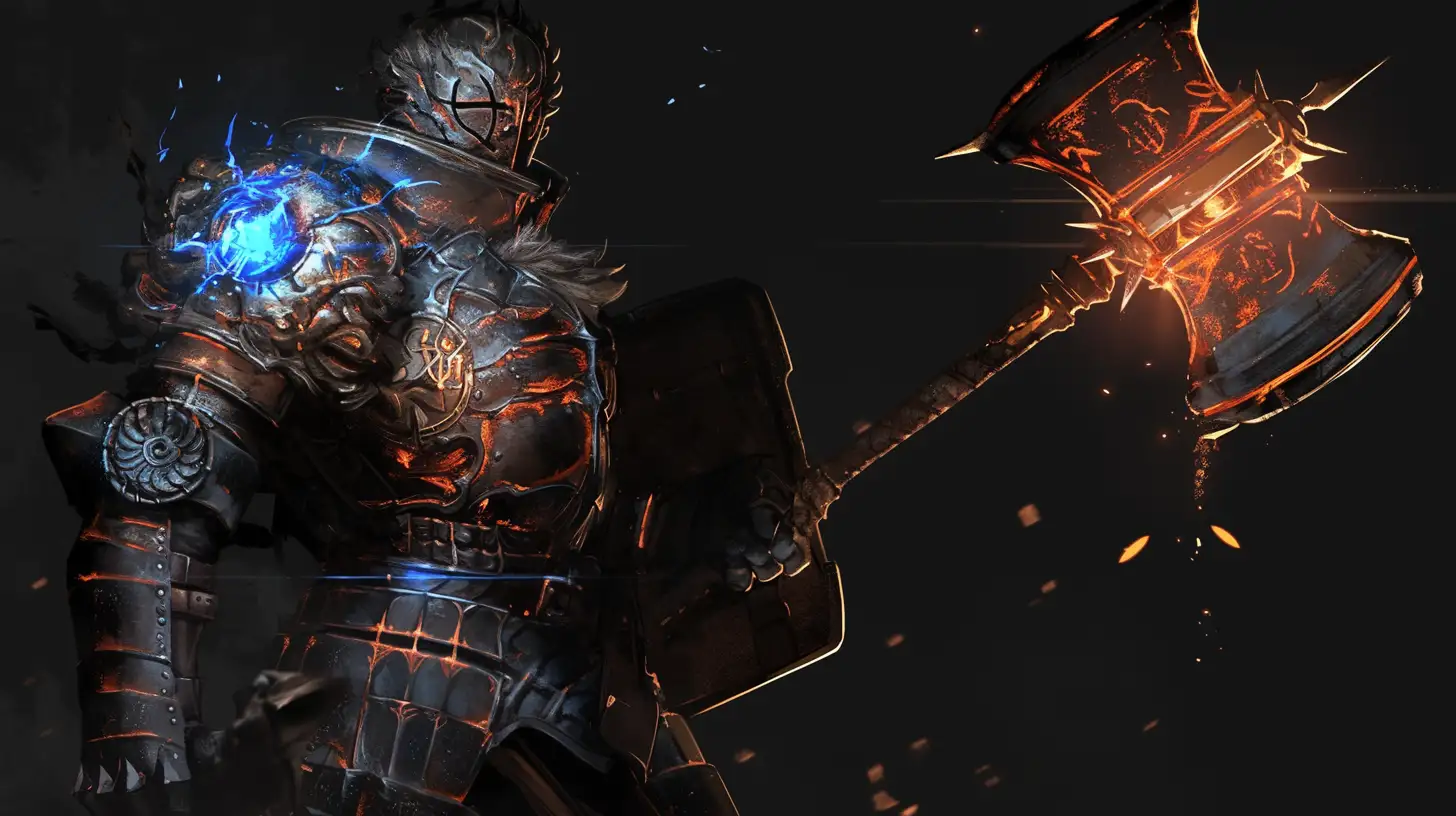
- Gambling — Gambling is another way to obtain gear. In Cruel Act 3, Alva in the Secluded Refuge lets you spend gold on random items. While weapon gambling is unpredictable, it’s useful for acquiring jewelry or armor. You can’t choose the exact base type, but for rings and amulets, that matters less—you might land a Prismatic Ring for resistances or an elemental ring for specific protection. However, gambling is unreliable; defeating enemies remains the most effective way to secure strong upgrades.

Reforging Bench – A Handy Tool for Getting Good Gear
The Reforging Bench is a great way to upgrade gear, using a simple 3-to-1 system: combine three items (or Waystones) to get one new item. However, it inherits the lowest item level among them, so avoid mixing in low-level gear.
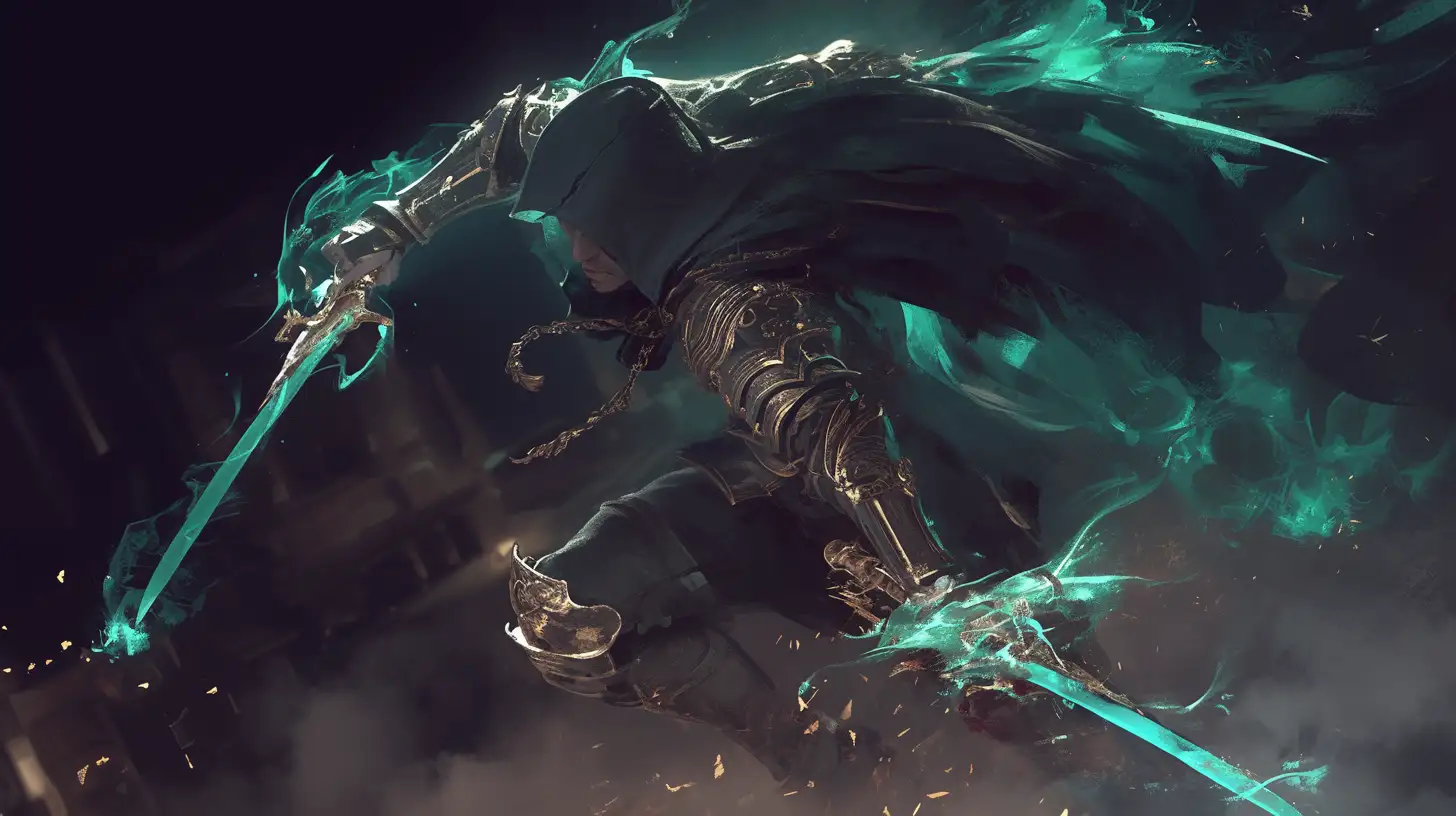
Unlike PoE1’s synthesis or recombinators, reforging doesn’t retain modifiers—only the base type, rarity, and item level, with affixes rolled randomly. Keeping a stash for potential upgrades and trading unwanted gear for crafting currency is helpful to refining your build.
Blacksmith’s Whetstone, Armorer’s Scrap, Arcanist’s Etcher and Adding Sockets
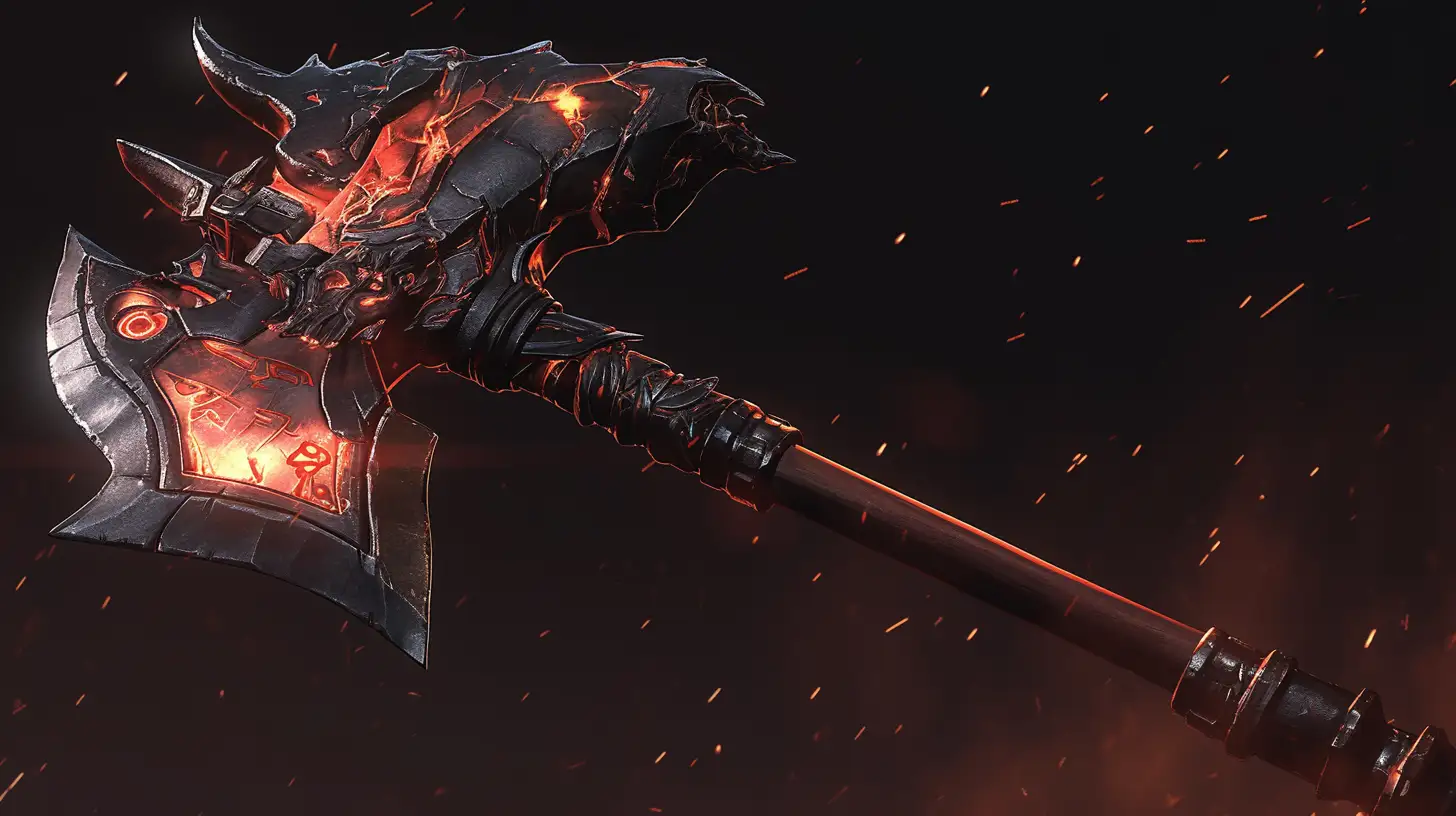
Upgrading weapon’s quality means increased damage, while upgrading armor’s quality translates to better defense through increased armor, evasion rating, or energy shield. Jewelry can also gain quality bonuses that enhance their stats. To raise an item’s quality, you’ll need specific upgrade materials:
| Item Type | Quality Currency | Effect |
| Melee Physical Weapons | Blacksmith’s Whetstones | Increase base physical damage output |
| Caster Weapons | Arcanist’s Etchers | Increase base spell damage |
| Armor | Armorer’s Scraps | Boost armor, evasion rating, and energy shield |
These currencies are typically acquired by remaking unwanted gear pieces on the Salvage Bench. With gold now being an actual currency in Path of Exile 2, you must strike a balance between selling gear and breaking it down for these valuable materials.
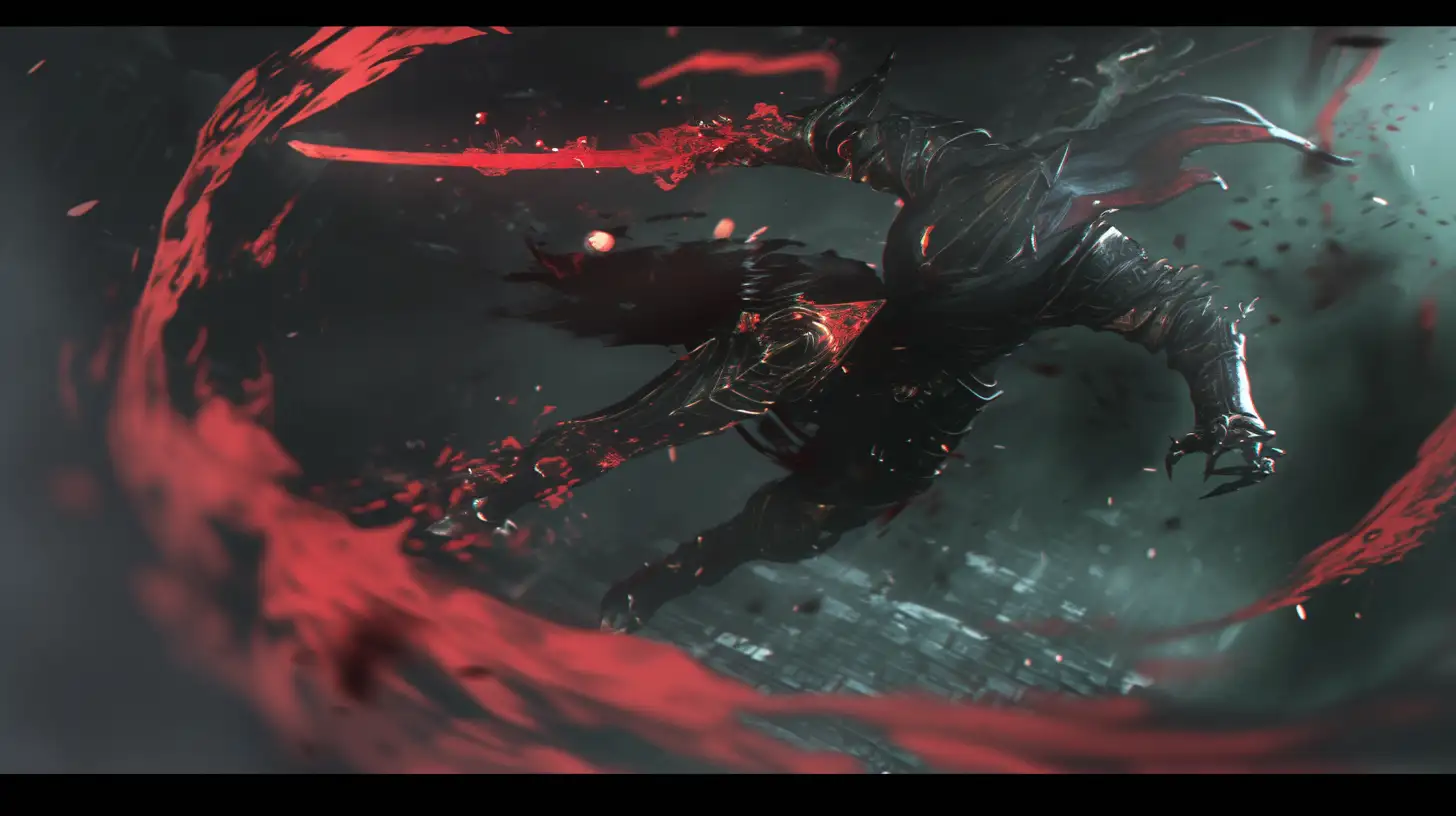
Sockets and Runes
Sockets in Path of Exile 2 have evolved from being solely for gems to a system that accommodates runes and soul cores. For example, a Glacial Rune might add extra cold damage to a weapon, or if socketed in armor, it could provide an additional +12% cold resistance.
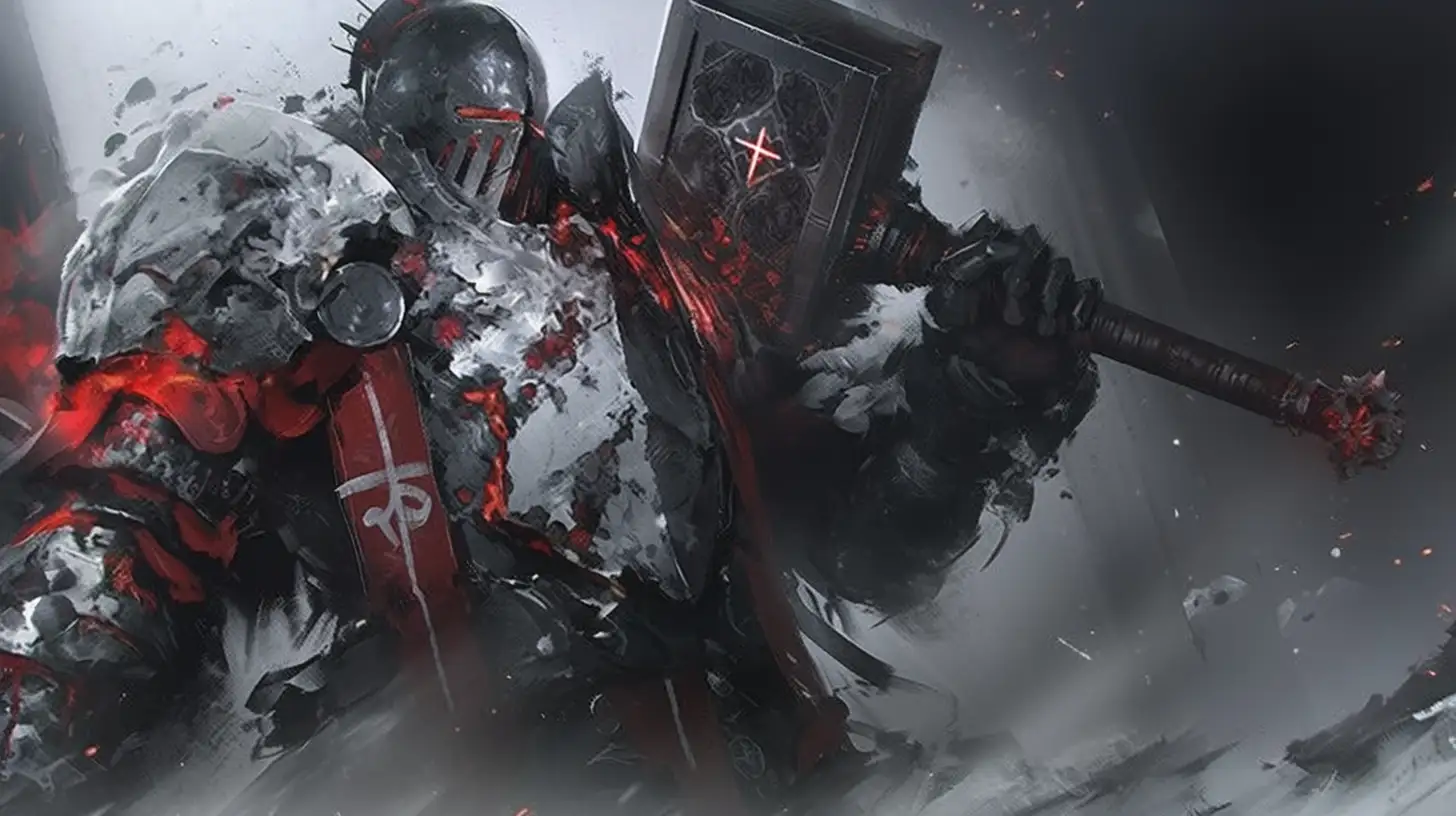
Gear comes with a preset number of sockets. Larger pieces can have up to two, but most items have only one. You want an additional sockets to an item, you’ll require Artificer’s Orbs. They’re rare though, save these orbs until you’re certain.

Runes will be invaluable for patching up missing resistances or adding extra offensive capabilities, so keep an eye out for opportunities to upgrade armor and weapon quality through sockets.
Final Thoughts
Crafting, reforging, quality upgrades, and socket management shape the core of Path of Exile 2’s gameplay. Early on, basic gear lays the foundation for your build, but improving is essential.

Mastering item rarity, reforging, and crafting mechanics is key to progression. Look for gear that grants more spirit to sustain combat effectiveness. Experiment, adapt, and may your drops be legendary!
Epiccarry: best wow boost and coaching services
What do prefixes and suffixes do in PoE 2?
Prefixes enhance your core stats, making your character stronger. These can include increases to damage, life, mana, and even movement speed. Suffixes, on the other hand, focus on secondary stats, which improve survivability and accuracy. These include resistances (fire, cold, lightning), accuracy for attacks, or bonuses like increased stun recovery. A good balance of prefixes and suffixes is key to making your character more effective.
What’s the difference between implicit and explicit mods?
Implicit mods are permanent, built-in stats that come with an item’s base type and can’t be changed under normal circumstances. For example, some weapons have implicit bonuses to attack speed or critical strike chance. Explicit mods, however, are random stats that get added when an item is crafted, looted, or modified. These explicit mods define the strength of an item and can be changed or improved using different crafting methods.
How do I tell if an item is good?
A good item depends on several factors: its rarity, its base stats, and the affixes it rolls. Generally, rare (yellow) items are the most versatile since they can roll up to six modifiers, allowing for a mix of offensive and defensive stats. Uniques (orange) have fixed modifiers and can be incredibly powerful, but only if they complement your build. Always check whether an item boosts the stats your character needs and has synergy with your abilities.
Should I use a normal (white) item?
In most cases, no. White items have no modifiers and offer only basic stats. However, some high-level white items with good base stats can be upgraded into powerful gear through crafting. If you find a white item with a strong base, you can use a Transmutation Orb to turn it into a magic (blue) item, then upgrade it further. But generally, you’ll want to focus on magic, rare, or unique items for better performance.
What’s the best way to upgrade gear?
The best way to upgrade gear is through crafting and intelligent resource management. Use crafting orbs like Alchemy Orbs to turn items rare, Chaos Orbs to reroll affixes, and Exalted Orbs to add new affixes. The Reforging Bench is another powerful tool, letting you combine three items into one. Always focus on upgrading items that have strong bases, as low-level gear will always have stat limitations.
What’s the best gear rarity?
Rare (yellow) items are the best for general use because they can roll up to six affixes, offering a lot of customization. Unique (orange) items, while powerful, have fixed modifiers and don’t always fit into every build. Magic (blue) items have only two affixes but can sometimes be useful early in the game. Normal (white) items are generally not worth using unless you plan to upgrade them through crafting.
How do I get better weapons?
Weapon progression follows a tier system. You’ll start with basic versions of weapons, then find Advanced and Expert versions as you level up. These later versions have better base stats and higher potential rolls. You can further improve weapons by increasing their quality with Blacksmith’s Whetstones and using crafting orbs to refine their modifiers. Always aim for weapons that complement your build’s playstyle and stat priorities.
What are Artificer’s Orbs for?
Artificer’s Orbs are rare and valuable items used to add additional sockets to gear. Since sockets are crucial for inserting runes or soul cores that enhance your stats, adding extra sockets can significantly improve an item’s power. However, because these orbs are hard to find, it’s best to save them for high-tier items that will remain relevant in your build for a long time.
How do I improve my armor?
Improving armor involves both increasing its base stats and modifying its affixes. You can raise its quality using Armorer’s Scraps, which boost armor, evasion, and energy shield values. Crafting orbs allow you to reroll or improve its affixes, ensuring you get useful stats like life, resistances, or energy shield bonuses. You should always prioritize armor with high base stats and good resistances, especially as you progress through different acts where elemental damage varies.
How do I reroll stats on gear?
Rerolling stats involves using different types of crafting orbs. Chaos Orbs completely randomize an item’s explicit affixes, which is useful if an item has potential but bad rolls. Essences allow you to guarantee one specific affix while the rest roll randomly. If an item is already good but could use one more stat, Exalted Orbs add an extra affix. Be strategic with rerolling, as crafting materials can be scarce.
What’s the best way to get currency?
Currency is earned through multiple methods: selling unwanted gear, salvaging items at the bench for crafting materials, and completing Expedition encounters, which reward artifacts that can be traded for Exotic Coins. Gambling can also yield valuable items, but it’s unreliable. The best approach is to farm enemies, sell items wisely, and keep an eye out for high-value drops to trade with other players.
How do sockets work?
Sockets are used to insert runes and soul cores into your gear, enhancing your stats or abilities. Most items have a set number of sockets, usually one, but larger gear pieces can have up to two. To add more sockets, you’ll need Artificer’s Orbs, which are rare. Runes placed in sockets can increase damage, provide resistances, or even grant new skills. Proper socket management is crucial for optimizing your build.
Is gambling worth it?
Gambling is risky and not the most reliable way to get good gear. In Cruel Act 3, Alva in the Secluded Refuge allows you to spend gold on random items. This can sometimes be worthwhile for rings and amulets, since their base type doesn’t matter as much. However, for weapons and armor, it’s usually better to craft or find drops instead. Gambling should only be used if you have extra gold and nothing better to spend it on.
When should I replace my gear?
Replace your gear when enemies start becoming noticeably harder to kill, or when your resistances are too low to survive elemental damage. Generally, upgrading gear every few levels is a good idea, especially if you find an item with better stats or affixes that fit your build. As you progress, prioritize items that increase survivability, boost damage, and align with your Passive Skill Tree choices.
What’s the fastest way to improve my gear?
To quickly improve your gear, make sure you’re constantly checking item drops for upgrades, using crafting orbs wisely, and prioritizing items with strong base stats. Matching your gear to your Passive Skill Tree choices will ensure you get the most out of your build. Also, keep an eye on your resistances—each act has different elemental damage threats, so adjusting your gear accordingly will make a big difference. Experiment with crafting, farm enemies efficiently, and take advantage of vendor trades to get the best possible upgrades.
